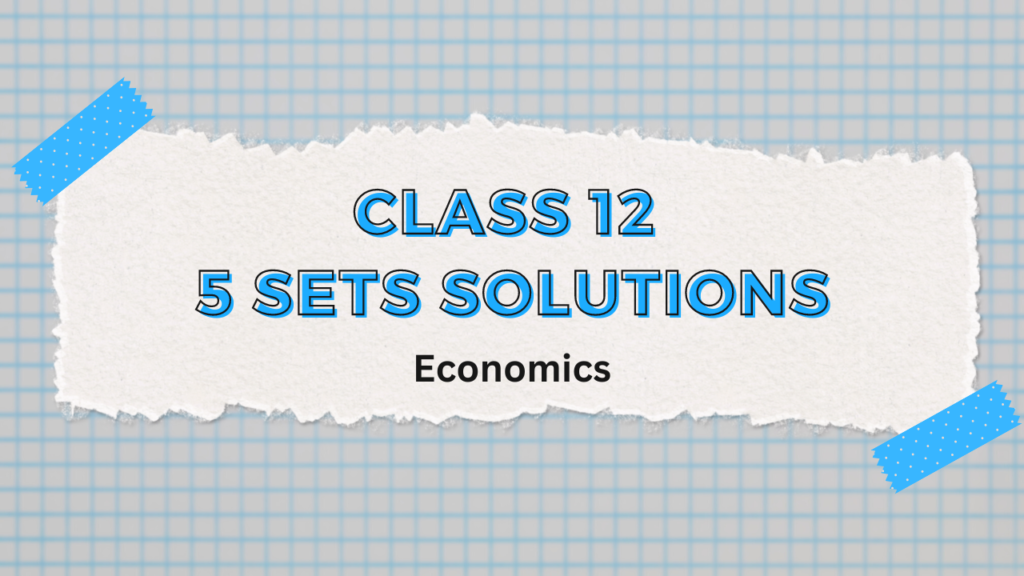The macroeconomic objectives of an economy are the goals that a government or central bank seeks to achieve in order to promote economic growth, stability, and prosperity. These objectives can be explained as follows:
1. Economic Growth: Economic growth refers to an increase in the production of goods and services in an economy over time. The main objective of economic growth is to increase the standard of living of the people, create more job opportunities, and reduce poverty. The government may pursue policies that promote economic growth, such as investing in infrastructure, encouraging entrepreneurship, and providing education and training programs.
2. Price Stability: Price stability refers to the maintenance of low and stable inflation rates in an economy. High inflation rates can erode the value of money, reduce purchasing power, and create economic instability. To achieve price stability, the government may use monetary policy tools such as adjusting interest rates or using open market operations to control the money supply.
3. Full Employment: Full employment refers to a situation where all willing and able individuals who are seeking work can find employment. The government may pursue policies that promote job creation and reduce unemployment rates, such as increasing public spending on job training programs, providing tax incentives to businesses, and promoting investment in certain sectors.
4. Balance of Payments: Balance of payments refers to the difference between a country’s exports and imports. A positive balance of payments means that a country is exporting more than it is importing, while a negative balance of payments means that a country is importing more than it is exporting. The government may pursue policies that promote a positive balance of payments, such as promoting exports, limiting imports, and regulating foreign exchange rates.
5. Exchange Rate Stability: Exchange rate stability refers to maintaining a stable value of the country’s currency relative to other currencies. A stable exchange rate helps to promote international trade, investment, and economic growth by reducing uncertainty and risk for businesses and investors. To achieve exchange rate stability, the government may use monetary policy tools such as buying or selling foreign currency reserves.
6. Economic Stability: Economic stability refers to the absence of extreme fluctuations in economic activity, such as recessions, booms, and financial crises. A stable economy helps to promote investor confidence, job creation, and long-term economic growth. The government may use a combination of fiscal and monetary policy measures to maintain economic stability, such as controlling government spending, regulating the banking sector, and implementing countercyclical policies during economic downturns.
Overall, these additional macroeconomic objectives reflect the multidimensional nature of economic policy and highlight the importance of balancing economic, social, and environmental considerations in pursuit of long-term prosperity and well-being.


